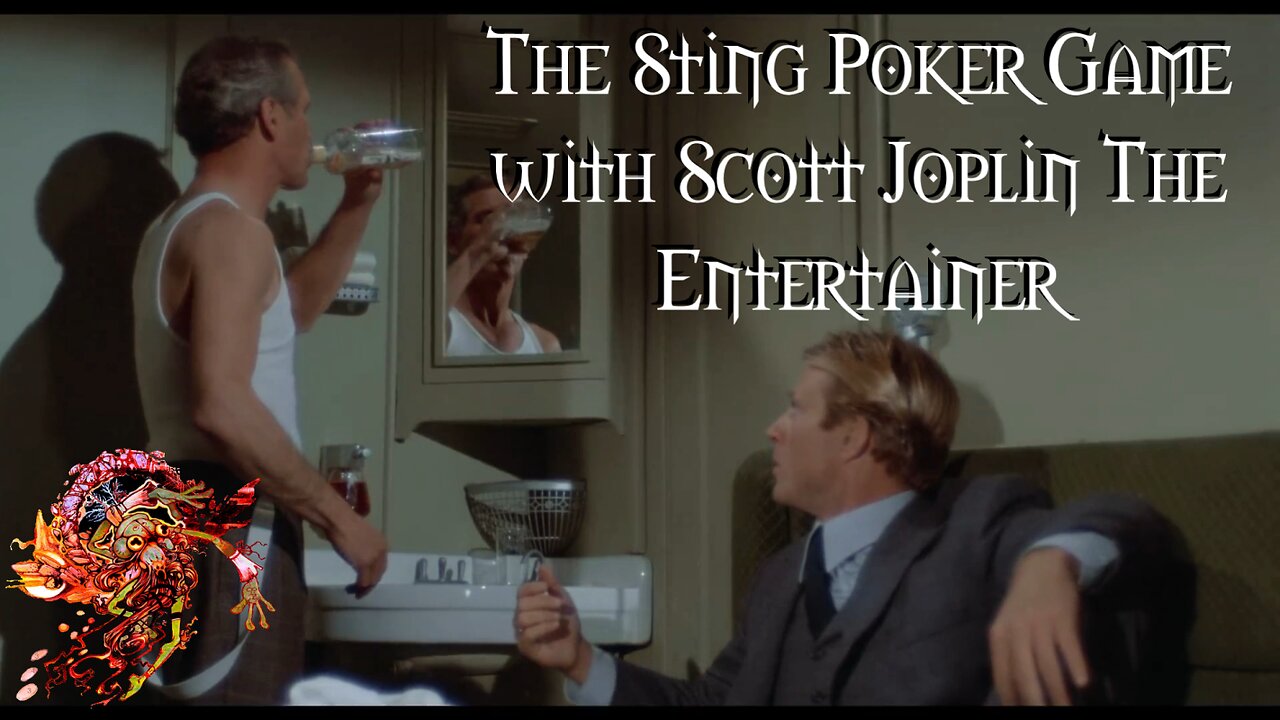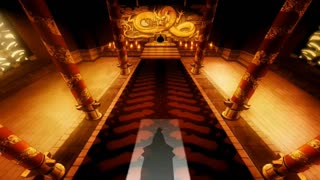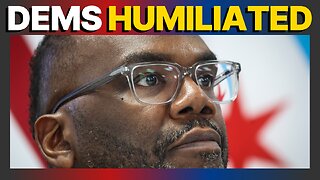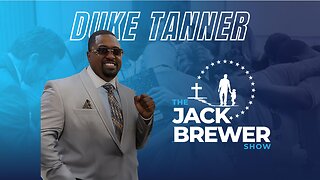Premium Only Content

The Sting Poker Game on the Train
The Sting is a 1973 American caper film set in September 1936, involving a complicated plot by two professional grifters (Paul Newman and Robert Redford) to con a mob boss (Robert Shaw). The film was directed by George Roy Hill, who had directed Newman and Redford in the western Butch Cassidy and the Sundance Kid. Created by screenwriter David S. Ward, the story was inspired by real-life cons perpetrated by brothers Fred and Charley Gondorff and documented by David Maurer in his 1940 book The Big Con: The Story of the Confidence Man.
The title phrase refers to the moment when a con artist finishes the "play" and takes the mark's money. If a con is successful, the mark does not realize he has been cheated until the con men are long gone, if at all. The film is played out in distinct sections with old-fashioned title cards drawn by artist Jaroslav "Jerry" Gebr, the lettering and illustrations rendered in a style reminiscent of the Saturday Evening Post. The film is noted for its anachronistic use of ragtime, particularly the melody "The Entertainer" by Scott Joplin, which was adapted (along with others by Joplin) for the film by Marvin Hamlisch (and a top-ten chart single for Hamlisch when released as a single from the film's soundtrack). The film's success created a resurgence of interest in Joplin's work.
Released on Christmas Day of 1973, The Sting was a massive critical and commercial success and was hugely successful at the 46th Academy Awards, being nominated for ten Oscars and winning seven, including Best Picture, Best Director, Best Film Editing and Best Writing (Original Screenplay); Redford was also nominated for Best Actor. The film also rekindled Newman's career after a series of big screen flops. Regarded as having one of the best screenplays ever written, in 2005, The Sting was selected for preservation in the U.S. National Film Registry of the Library of Congress as being "culturally, historically, or aesthetically significant".
In 1936, during the Great Depression, Johnny Hooker, a grifter in Joliet, Illinois, cons $11,000 in cash in a pigeon drop from an unsuspecting victim with the aid of his partners Luther Coleman and Joe Erie. Buoyed by the windfall, Luther announces his retirement and advises Hooker to seek out an old friend, Henry Gondorff, in Chicago to learn "the big con". Unfortunately, the reason their victim had so much cash was that he was a numbers racket courier for vicious crime boss Doyle Lonnegan. Corrupt Joliet police Lieutenant William Snyder confronts Hooker, revealing Lonnegan's involvement and demanding part of Hooker's cut. Having already blown his share on a single roulette spin, Hooker pays Snyder in counterfeit bills. Lonnegan's men murder both the courier and Luther, and Hooker flees for his life to Chicago.
Hooker finds Gondorff, a once-great con-man now hiding from the FBI, and asks for his help in taking on the dangerous Lonnegan. Gondorff is initially reluctant, but he relents and recruits a core team of experienced con men to dupe Lonnegan. They decide to resurrect an elaborate obsolete scam known as "the wire", using a larger crew of con artists to create a phony off-track betting parlor. Aboard the opulent 20th Century Limited, Gondorff, posing as boorish Chicago bookie Shaw, buys into Lonnegan's private, high-stakes poker game. He infuriates Lonnegan with obnoxious behavior, then out-cheats him to win $15,000. Hooker, posing as Shaw's disgruntled employee Kelly, is sent to collect the winnings and instead convinces Lonnegan that he wants to take over Shaw's operation. Kelly reveals that he has a partner named Les Harmon (actually con man Kid Twist) in the Chicago Western Union office, who will allow them to win bets on horse races by past-posting.
-
 13:58
13:58
Psychological operations
7 days agoWould Nutshell Man In The Box Alice In Chains
56 -
 17:51
17:51
TheRoyaltyAutoService
15 hours ago $0.17 earnedIs Flat Rate Ruining The Auto Repair Industry?!
2.36K4 -
 LIVE
LIVE
BEK TV
23 hours agoTrent Loos in the Morning - 8/28/2025
239 watching -
 LIVE
LIVE
The Bubba Army
22 hours agoMinneapolis Shooter Story Unfolds! - Bubba the Love Sponge® Show | 8/28/25
3,236 watching -
 26:00
26:00
DeVory Darkins
1 day ago $11.62 earnedDemocrat Mayor HUMILIATES himself during painful interview as Trump makes SHOCKING Announcement
35.4K91 -
 22:14
22:14
Ohio State Football and Recruiting at Buckeye Huddle
1 day agoOhio State Football: Everything Steve Sarkisian Said About the Buckeyes This Week
19K -
 1:19:55
1:19:55
TruthStream with Joe and Scott
1 day agoLisa, Michelle and Carole join Joe for Healing and Inspiration. Next healing will be on Aug 28th at Noon and 4pm eastern https://www.balancingbodyandsoul.com/?ref=TRUTHSTREAMSHOW
12.1K1 -
 10:32
10:32
Nikko Ortiz
17 hours agoFunniest Fails Of The Month
36.9K4 -
 28:59
28:59
The Jack Brewer Show
14 hours agoThe Jack Brewer Show S1 EP5 Charles Duke Tanner on Redemption, Fatherhood & Second Chances #podcast
6.37K -
 15:33
15:33
Bearing
1 day agoSEPTUM RING THEORY 💥 Are Nose Ring Girls ALL INSANE LIBERALS?! 💀🤣
12K57